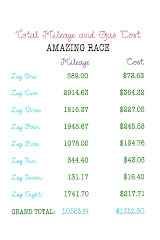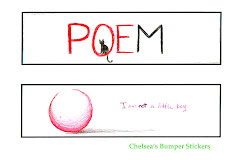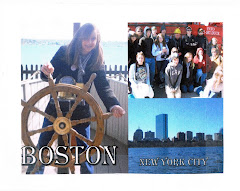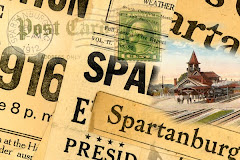 On the literary map, travel from Newton to Concord, Massachusetts.
On the literary map, travel from Newton to Concord, Massachusetts.Calculate:
# _____________ Miles to Concord, Massachusetts
$ _____________ Cost for Gasoline to Concord, Massachusetts
Visit Mrs. Steller's Ralph Waldo Emerson Gallery.
We have already studied Emerson and his work. Now visit Ralph Waldo Emerson at www.Poets.org and fill-in-the-blanks.
"American poet, essayist, and philosopher Ralph Waldo Emerson was born in 1803 in Boston, Massachusetts. After studying at Harvard and teaching for a brief time, Emerson entered the __________. He was appointed to the Old Second Church in his native city, but soon became an unwilling preacher. Unable in conscience to administer the sacrament of the Lord's Supper after the death of his nineteen-year-old wife of tuberculosis, Emerson resigned his pastorate."
"The following year, he sailed for Europe, visiting Thomas Carlyle and Samuel Taylor Coleridge. Carlyle, the Scottish-born English writer, was famous for his explosive attacks on ___________ and materialism, his distrust of democracy, and his highly romantic belief in the __________________. Emerson's friendship with Carlyle was both lasting and significant; the insights of the British thinker helped Emerson formulate his own philosophy."
"On his return to New England, Emerson became known for challenging traditional thought. In 1835, he married his second wife, Lydia Jackson, and settled in Concord, Massachusetts. Known in the local literary circle as '________________,' Emerson became the chief spokesman for ____________________________, the American philosophic and literary movement. Centered in New England during the 19th century, Transcendentalism was a reaction against ______________________. Emerson's first book, _________ (1836), is perhaps the best expression of his Transcendentalism, the belief that everything in our world—even a drop of dew—is a microcosm of the universe. His concept of the Over-Soul—a Supreme Mind that every man and woman share—allowed Transcendentalists to disregard external authority and to rely instead on direct experience. 'Trust thyself,' Emerson's motto, became the code of Margaret Fuller, Bronson Alcott, Henry David Thoreau, and W. E. Channing. From 1842 to 1844, Emerson edited the Transcendentalist journal, The Dial."
Read "A Nation's Strength." Take notes for discussion.



















